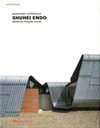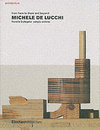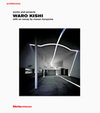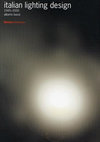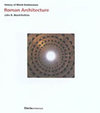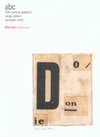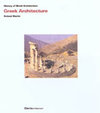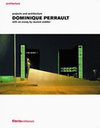
-
 Anglický jazyk
Anglický jazyk
Buildings and structures in Aleppo
Autor: Source: Wikipedia
Source: Wikipedia. Pages: 29. Chapters: Churches in Aleppo, Gates of Aleppo, Madrasas in Aleppo, Mosques in Aleppo, Citadel of Aleppo, Armenian Evangelical Martyrs' Church, Cathedral of the Forty Martyrs, Central Synagogue of Aleppo, List of churches in... Viac o knihe
Na objednávku, dodanie 2-4 týždne
13.41 €
bežná cena: 14.90 €
O knihe
Source: Wikipedia. Pages: 29. Chapters: Churches in Aleppo, Gates of Aleppo, Madrasas in Aleppo, Mosques in Aleppo, Citadel of Aleppo, Armenian Evangelical Martyrs' Church, Cathedral of the Forty Martyrs, Central Synagogue of Aleppo, List of churches in Aleppo, University of Aleppo, Church of the Holy Mother of God, Al-Shibani Church, Al-Nuqtah Mosque, Khusruwiyah Mosque, Great Mosque of Aleppo, National Museum of Aleppo, Al-Firdaws Madrasa, Aleppo International Airport, Hammam Yalbugha, Baron Hotel, Aleppo International Stadium, List of mosques in Aleppo, Surp Hagop Church, Saint Elias Cathedral, Holy Cross Church, Al-Shadbakhtiyah Madrasa, Al-Halawiyah Madrasa, Lycée Français d'Alep, Al-Uthmaniyah Madrasa, Al-Sharafiyah Madrasa, Al-Adiliyah Mosque, Bab Antakeya, Al-Zahiriyah Madrasa, Sheraton Aleppo Hotel, Faculty of Mechanical Engineering of Aleppo University, Al-Kamiliyah Madrasa, Al-Muqaddamiyah Madrasa, International School of Aleppo, Bab al-Maqam, Holy Trinity Church, Al-Hamadaniah Stadium, Bab al-Faraj, Bab Qinnasrin, Al-Sultaniyah Madrasa, Al-Saffahiyah Mosque, Al-Ahmadiyah Madrasa, Bab al-Nasr, Armenian Evangelical Emmanuel Church, Bab al-Hadid, Faculty of Economics of Aleppo University, Bab al-Jinan, Private University of Science and Arts. Excerpt: The Citadel of Aleppo (Arabic: ¿) is a large medieval fortified palace in the centre of the old city of Aleppo, northern Syria. It is considered to be one of the oldest and largest castles in the world. Usage of the Citadel hill dates back at least to the middle of the 3rd millennium BC. Subsequently occupied by many civilizations including the Greeks, Byzantines, Ayyubids and Mamluks, the majority of the construction as it stands today is thought to originate from the Ayyubid period. An extensive conservation work has taken place in the 2000s by the Aga Khan Trust for Culture in collaboration with Aleppo Archeological Society. The recently-discovered Temple of the Ancient Storm God, Hadad, dates use of the hill to the middle of the 3rd millennium BC, as referenced in Cuneiform texts from Ebla and Mari. The prophet Abraham is said to have milked his sheep on the citadel hill. After the decline of the Neo-Hittite state centred in Aleppo, the Assyrians dominated the area (8-4th century BC), followed by the Neo-Babylonians and the Persians (539-333). After Aleppo was taken by the armies of Alexander the Great, Aleppo was ruled by Seleucus I Nicator, who undertook the revival of the city under the name Beroia. Medieval Arab historians say that the history of the citadel as a fortified acropolis began under Nikator. In some areas of the citadel there are up to two meters of remains of Hellenistic settlement. A colonnaded street led up to the citadel hill from the west, where the souk area of Aleppo still retains the Hellenistic grid street plan. After the Romans deposed the Seleucid dynasty in 64 BC, the citadel hill continued to have religious significance. Emperor Julian, in his 363 AD visit to Aleppo noted "I stayed there for a day, visited the acropolis, offered a white bull to Zeus according to imperial customs, and held a short talk with the town council about worshipping the gods." Very few physical remains have been found from the Roman age in the Citadel. The Ro
- Vydavateľstvo: Books LLC, Reference Series
- Rok vydania: 2019
- Formát: Paperback
- Rozmer: 246 x 189 mm
- Jazyk: Anglický jazyk
- ISBN: 9781156803042


